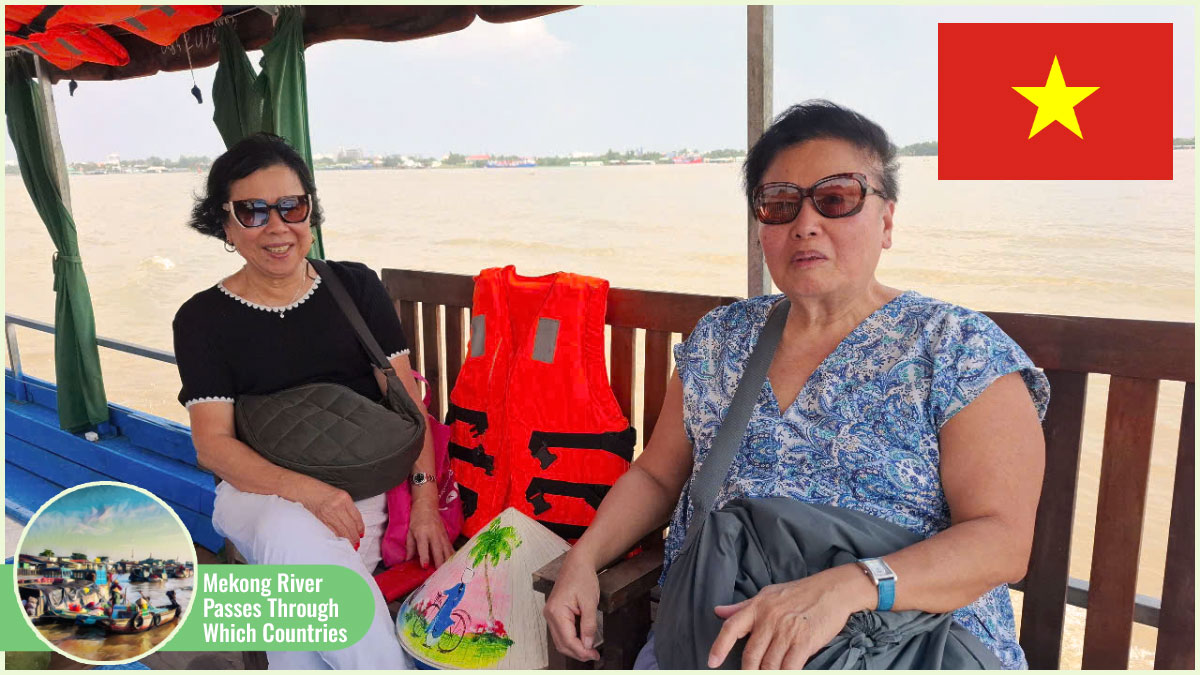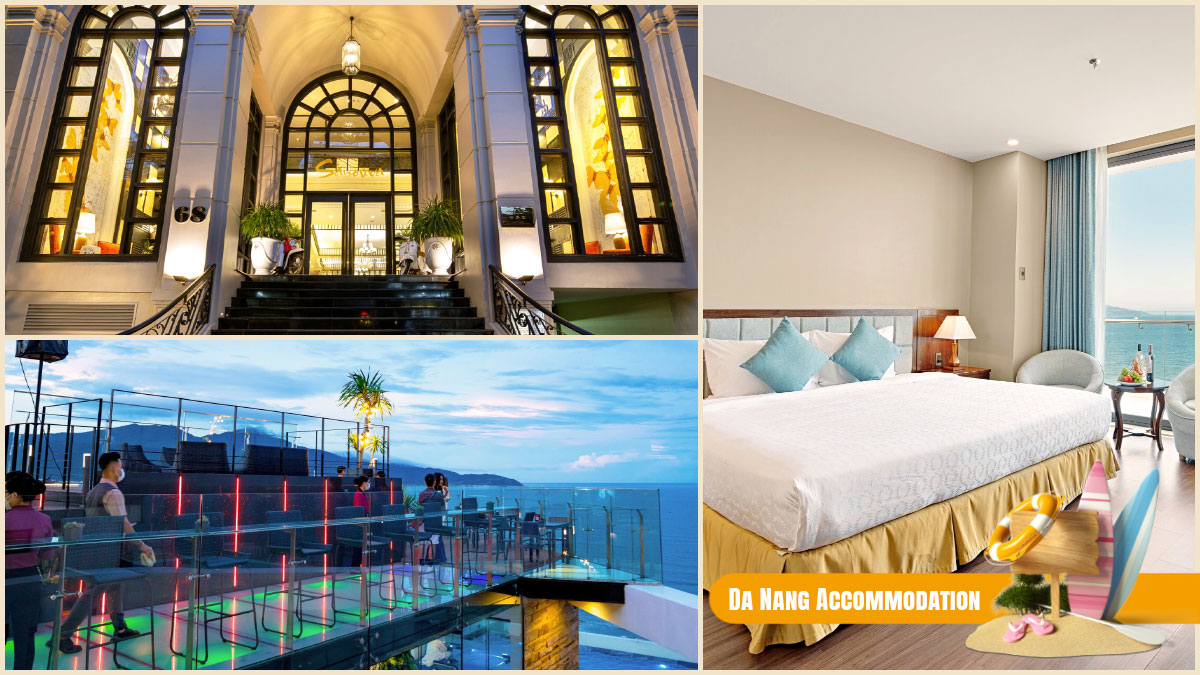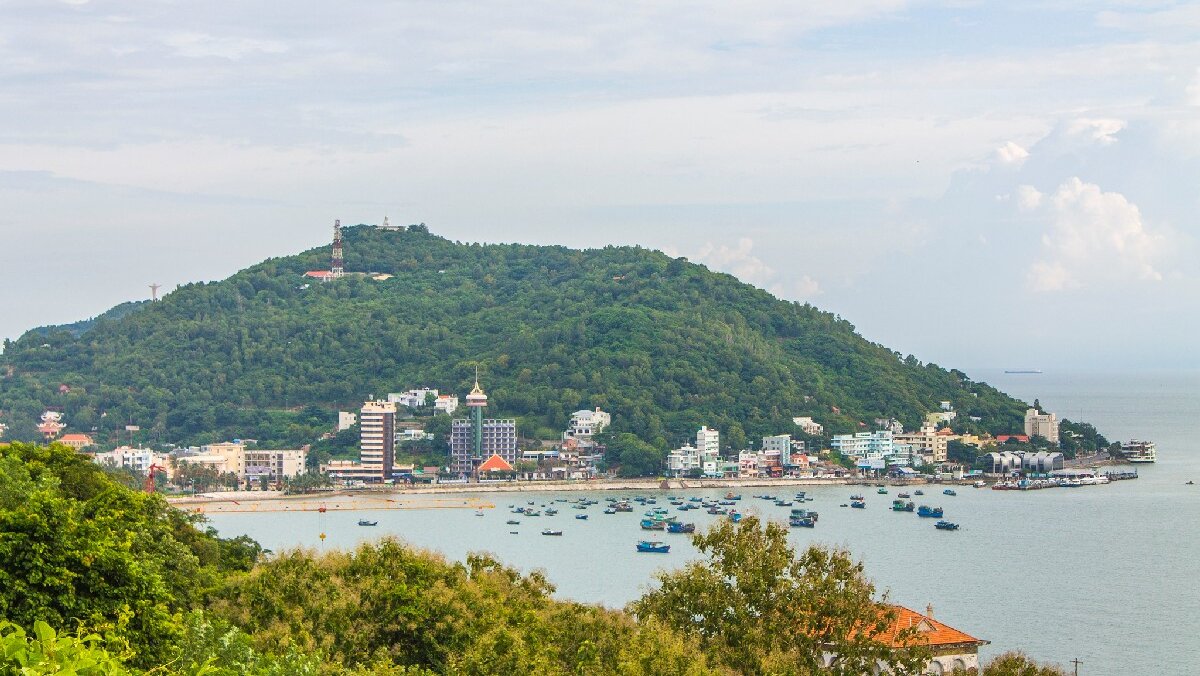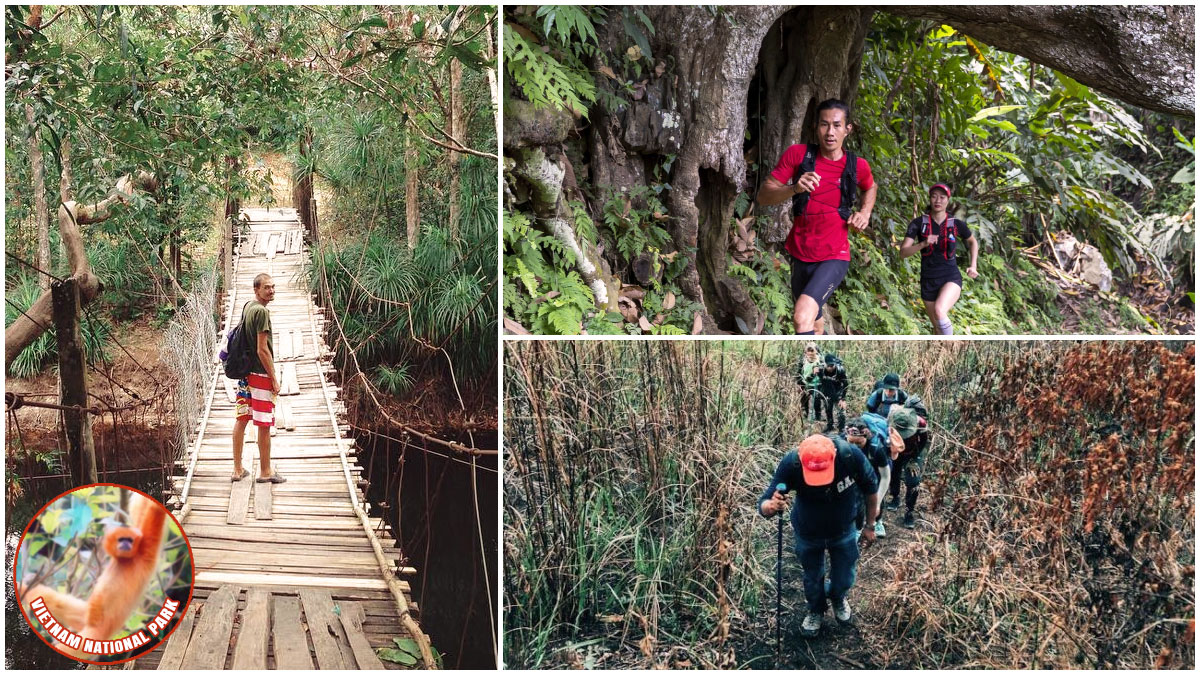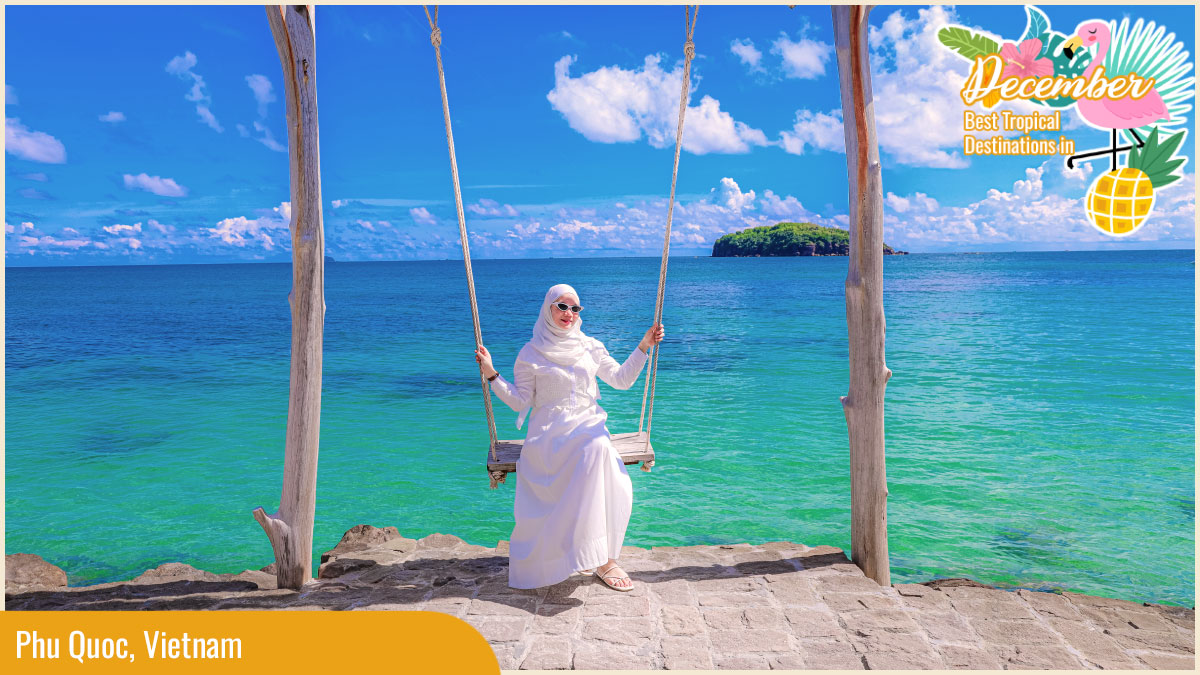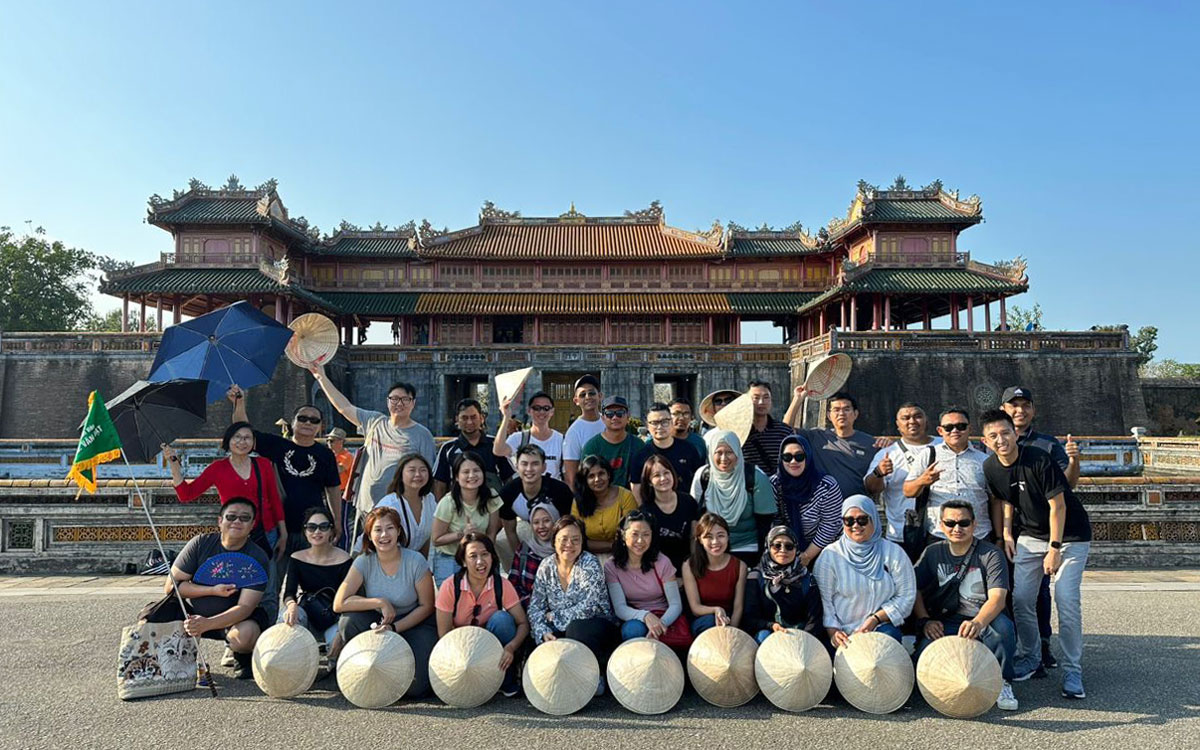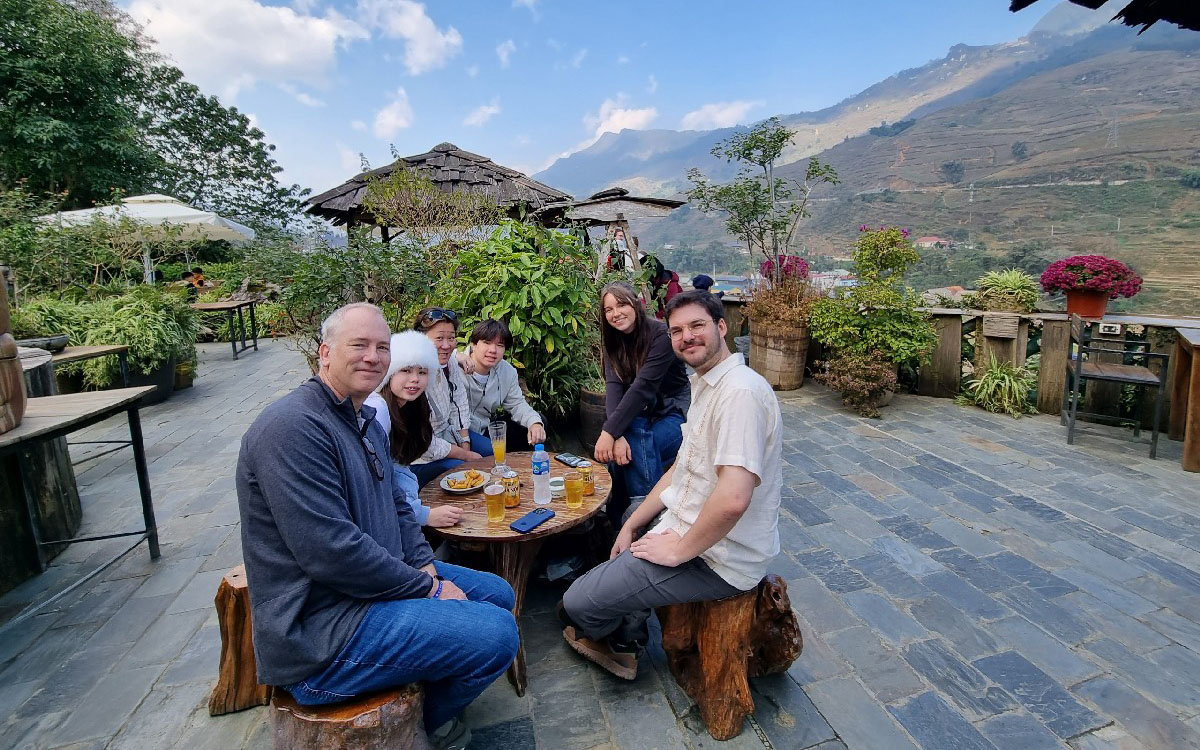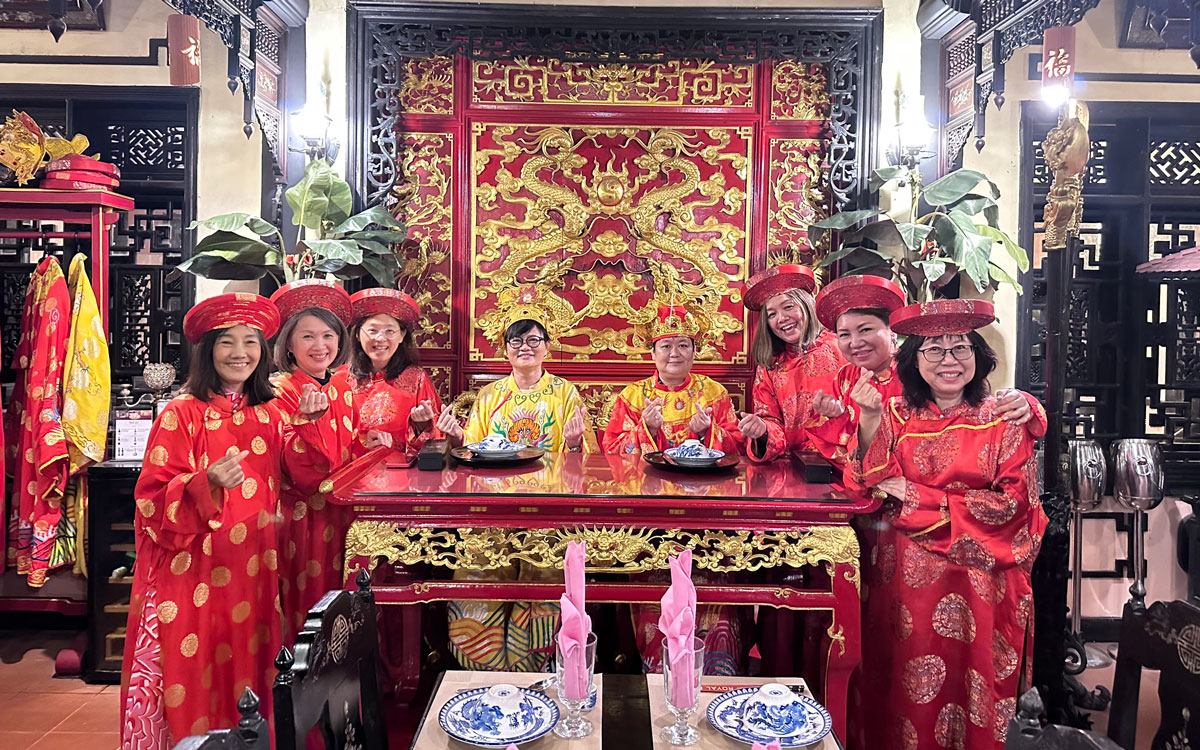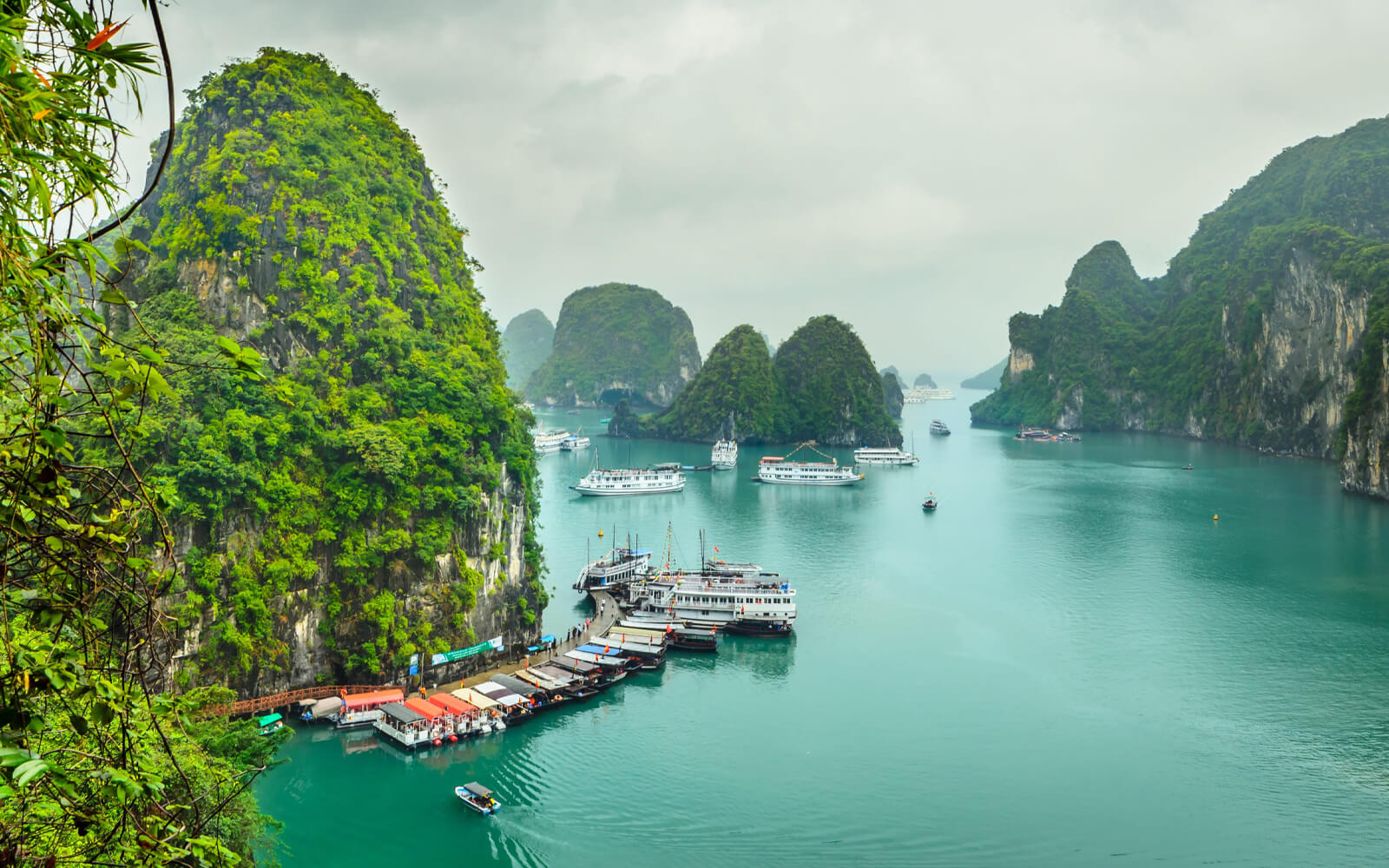Po Nagar Cham Towers: A Legendary Landmark of Cham Culture
Po Nagar Cham Towers is a unique architectural complex that holds a lot of cultural and historical significance, reflecting the heyday of Hinduism in Vietnam centuries ago. It is a must-visit destination for anyone who is into exploring Vietnam’s culture when visiting the beautiful coastal city of Nha Trang. Let's embark on a journey with Asia Legend Travel and discover the vibrant culture of Vietnam right now!
Where are the Po Nagar Cham Towers?
Po Nagar Towers is situated on a small hill adjacent to the Cai River in Vinh Phuoc Ward, approximately 3 kilometers north of the city center. The natural scenery here is simply breathtaking with the stunning blend of mountains and rivers, which provides visitors with a plethora of delightful experiences. As a result, Po Nagar Cham Towers never fail to make it on the list of top tourist attractions when visiting Nha Trang.

Po Nagar Cham Towers - Top tourist attractions in Nha Trang
The address of Po Nagar Temple: 61, Hai Thang Tu Street, Vinh Phuoc Ward, Nha Trang City, Khanh Hoa Province
History of Po Nagar Cham Towers Nha Trang
The Po Nagar Cham Towers in Nha Trang are a Cham heritage site built from the 7th to the 13th century, during the prosperous period of the Cham kingdom and Hinduism in the area. The ancient Cham people called this site "Po Nagar," which means "the mother of the country."

The name of Po Nagar Cham Temples means “the mother of the country”
Po Nagar Cham Towers are also known as Yang Po Inu Nagar Tower or Yang Po Ana Gar, and they were constructed to worship the queen Po Ina Nagar. According to the beliefs of the Cham people at that time, she was the goddess of creation, born from clouds and sea foam, and she was responsible for protecting them from rain and storms, ensuring a bountiful harvest, as well as a peaceful and prosperous life.
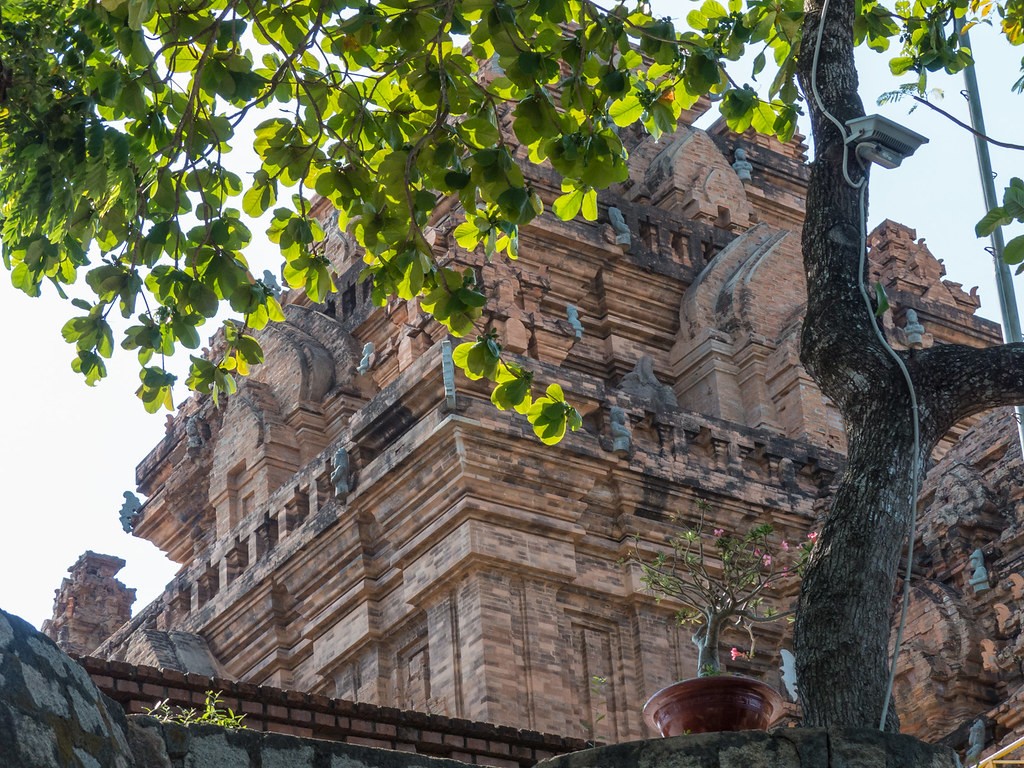
Po Nagar Cham Temples occupies a significant role in the spiritual life of the Cham people and embodies the essence of art in Cham culture
Therefore, this temple complex occupies a significant role in the spiritual life of the Cham people and embodies the essence of art in Cham culture. It is worth noting that Po Nagar Cham Towers were ranked as a national relic in 1979, highlighting their historical value.
Structure of Po Nagar Towers Vietnam
Po Nagar Cham Towers Nha Trang consists of four parts, each with unique architecture and its own function.
1. The Gate Tower
There was a grand entrance gate with a shape and architecture that perfectly blended with the overall temple complex. However, due to erosion over time, the gate tower is no longer present, only stone steps leading to the Mandapa remain.
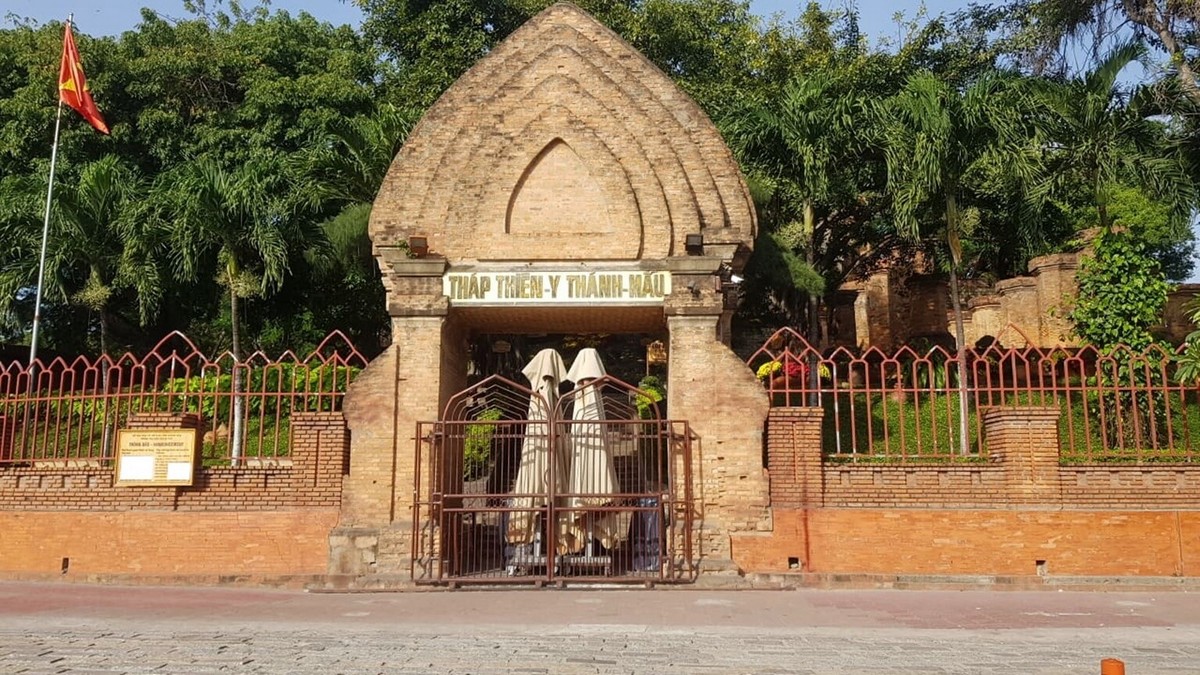
Po Nagar Cham Temples - The Gate Tower
2. The Vestibule (Mandapa)
Upon passing through the gate tower lies the vestibule area, also known as the Mandapa. According to historical research, it was here that the Cham people prepared offerings before the ceremony inside the temple. Today, only two main rows of columns made of octagonal fired bricks remain in the middle of the area. Each row contains five large and six small aligned columns. A steep brick staircase connects the Mandapa to the next floor.

Po Nagar Cham Temples - The Vestibule (Mandapa)
3. The Temple and Tower Area (Kalan)
The temple and tower area is located on the top level and consists of two rows of towers surrounded by four stone walls. Although only the west and south walls remain, they are still a sight to behold. The front row of towers includes three towers, with the Po Nagar Cham Tower being the tallest. As for the row behind, there used to be three other towers lying parallel to each other, but only one remains today.
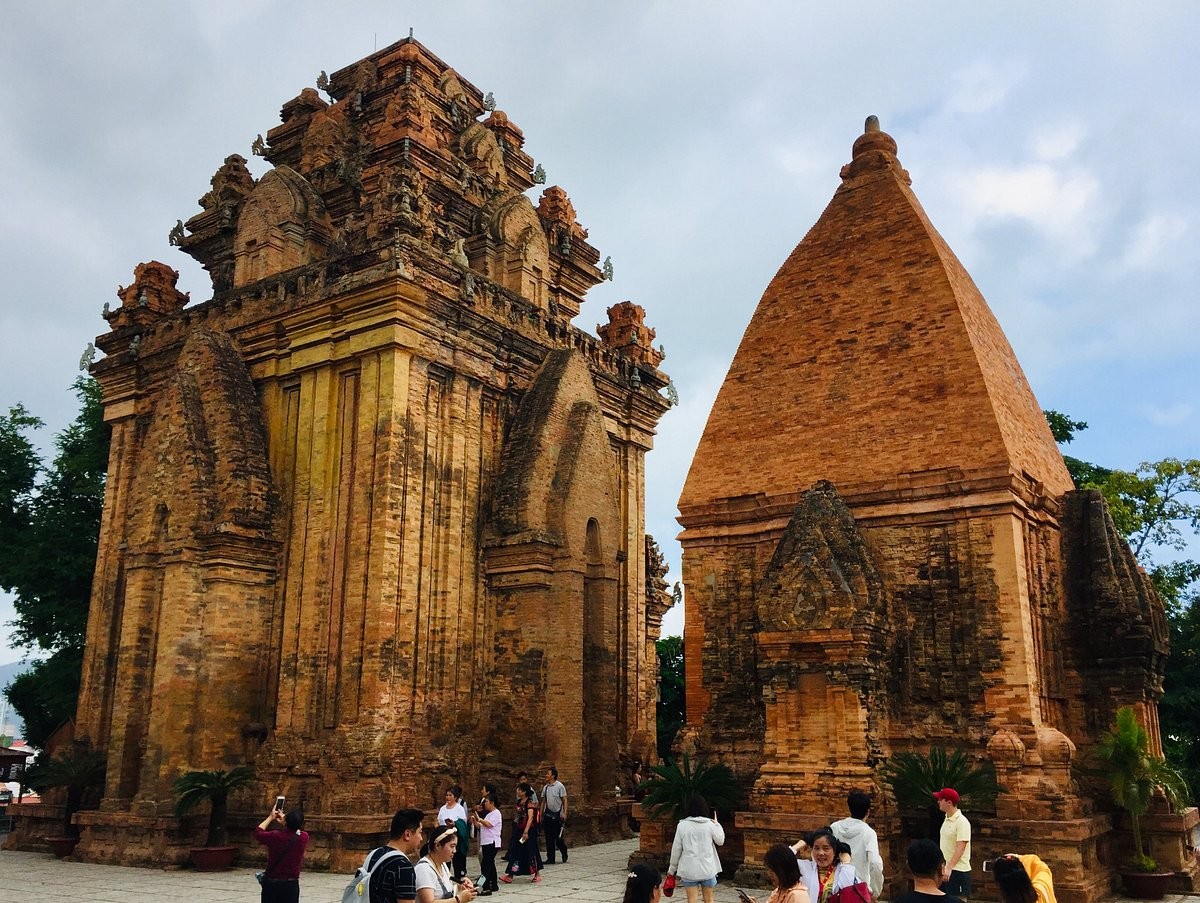
Po Nagar Cham Temples - The Temple and Tower Area (Kalan)
All four towers are built with bricks and unique techniques, without any adhesive, but are still tightly connected. The inner part of the tower is empty at the top, with its door facing east, while the outside has many pillars with tops decorated with dome-shaped patterns, looking like small towers placed on top of large ones. Meanwhile, there are many terracotta statues and reliefs depicting images of gods, fairies, and precious animals on the tower body. Despite undergoing considerable erosion over time, the structure of the tower complex remains quite sturdy.
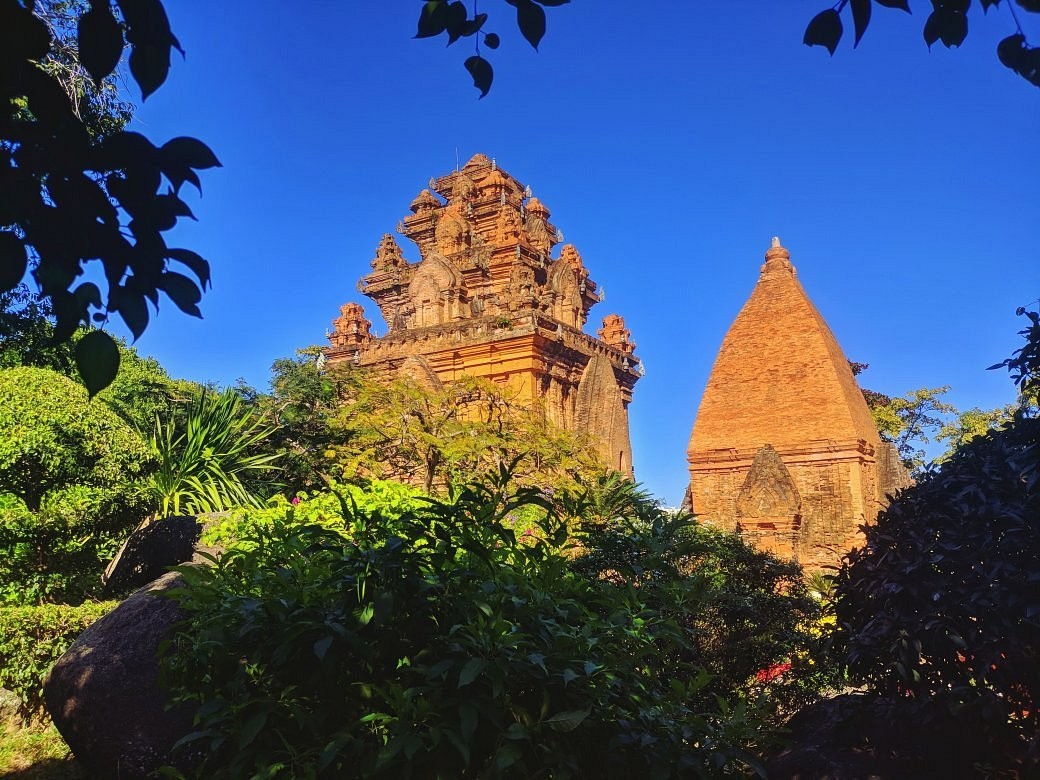
Po Nagar Cham Temples: Beautiful tops decorated with dome-shaped patterns
4. The Inscription Area
The Po Nagar Cham Towers Nha Trang complex has yet another fascinating highlight: its impressive collection of ancient steles. These steles are of immense cultural and historical value, each with its own significant milestones.
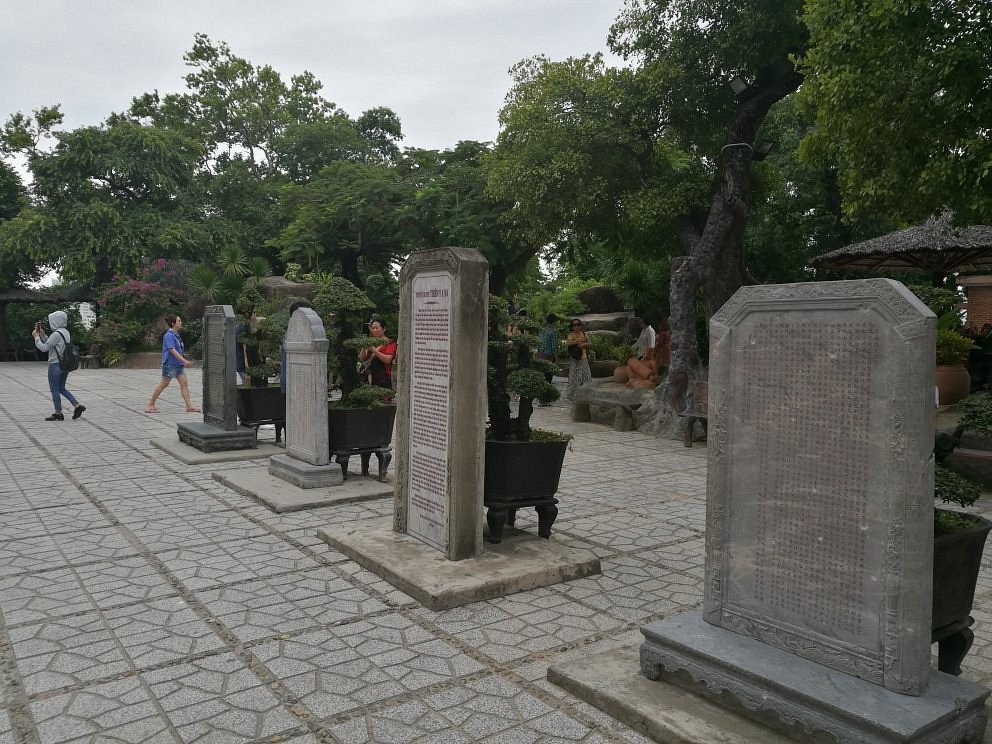
Po Nagar Cham Temples - The Inscription Area
Built by the Cham people in 1856, the first stele that appears behind the tower narrates the legend of the Thien Y Ana Holy Mother. In the same year, it was translated into Han Nom by Phan Thanh Gian, an official of the Le dynasty. Adjacent to it is a stele from 1871, erected by eight officials from Khanh Hoa and Binh Thuan, as a symbol of the friendship between the two provinces. The next stele, built in 1972, features the story of the goddess Po Ina Nagar in Vietnamese script. Finally, the last stele, built in 2010, introduces the overall heritage of the Po Nagar Cham Towers Nha Trang in Vietnamese script.
Special Festivals at Po Nagar Towers
The Po Nagar Cham Towers festival takes place annually from the 20th to the 23rd of March in the lunar calendar. In recent years, the event has grown to become the largest folk cultural festival in Khanh Hoa province, as well as in the Central Highlands and South Central regions. It is a golden opportunity to experience and appreciate the unique and ancient Cham culture.
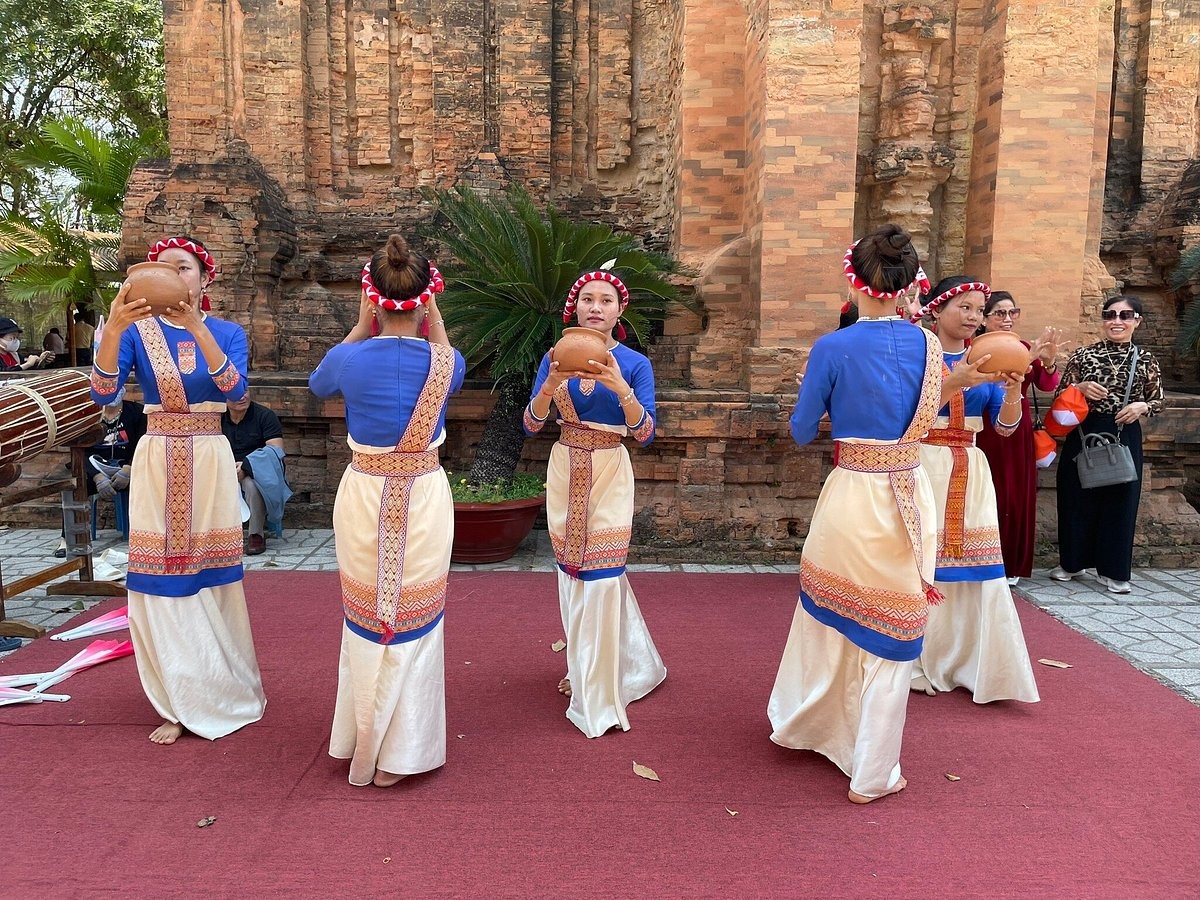
Po Nagar Cham Temples: Cham dance performances in the festival
The festival features a wide range of activities, including but not limited to ritual ceremonies, costume changes, floating lanterns, peace prayers, Cham dance performances, shadow puppetry, trance singing and dancing, traditional folk games, and art performances that highlight the Cham cultural identity. These activities attract local people and tourists who flock to Nha Trang to witness this amazing festival.
Some Notes When Visiting Po Nagar Towers Nha Trang
Po Nagar Cham Towers in Nha Trang is a place of worship, so there are strict regulations for visitors. We kindly ask you to follow these guidelines to ensure a pleasant experience when visiting Po Nagar Nha Trang:
- Please refrain from criticizing or using derogatory words about the goddess or anything related to her.
- Do not bring food from outside or litter within the heritage site.
- Please wear appropriate attire, especially if you want to light incense or offer prayers.
- To make your trip more comfortable, remember to bring sunscreen, sunglasses, hats, or umbrellas.
- If you have any questions, refer to the signs or notices placed within the heritage site and follow their guidance.
